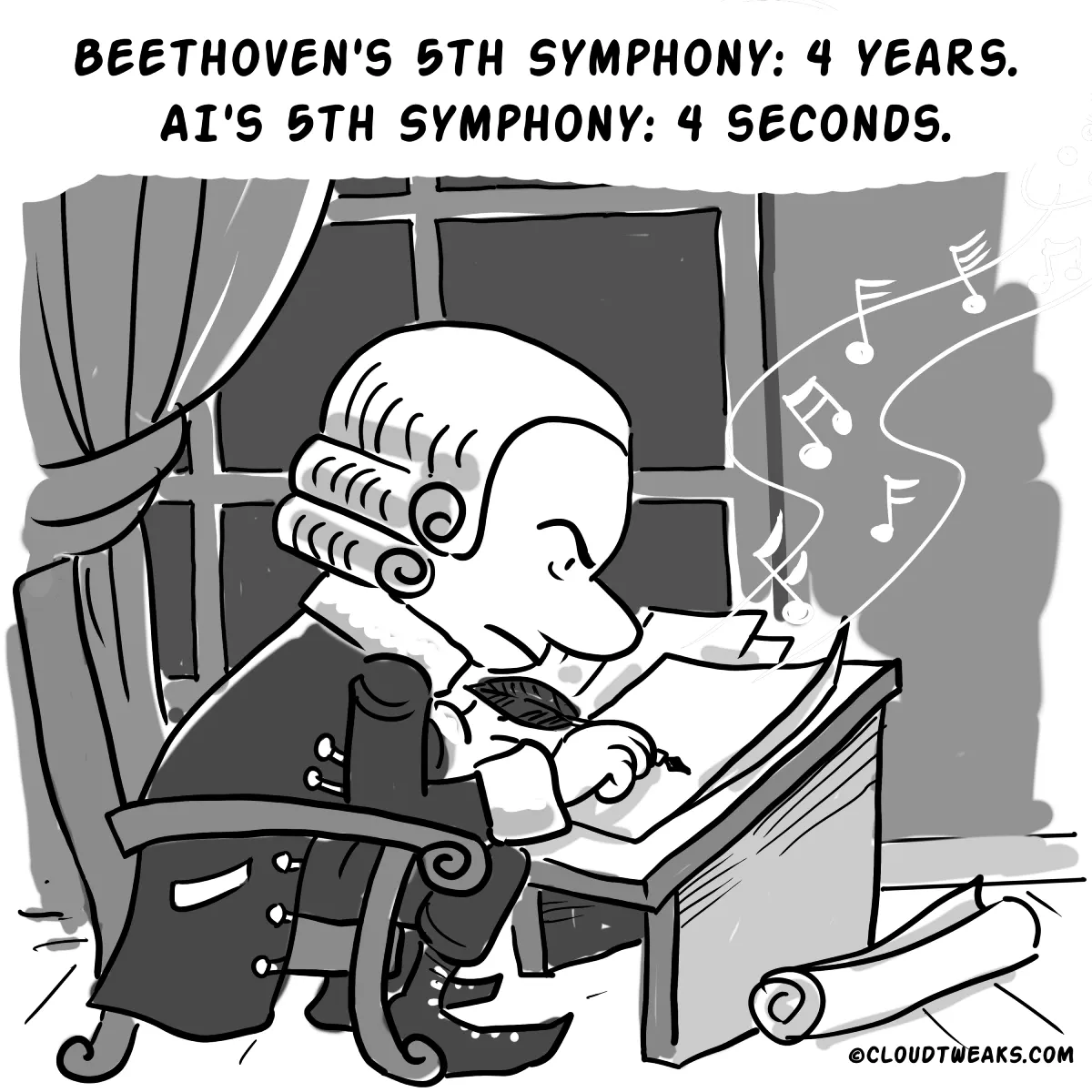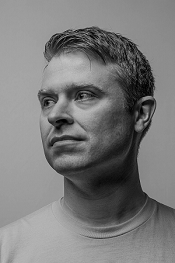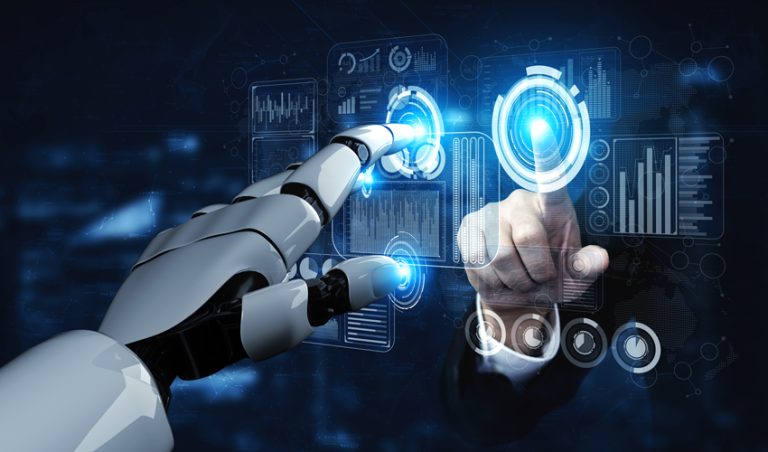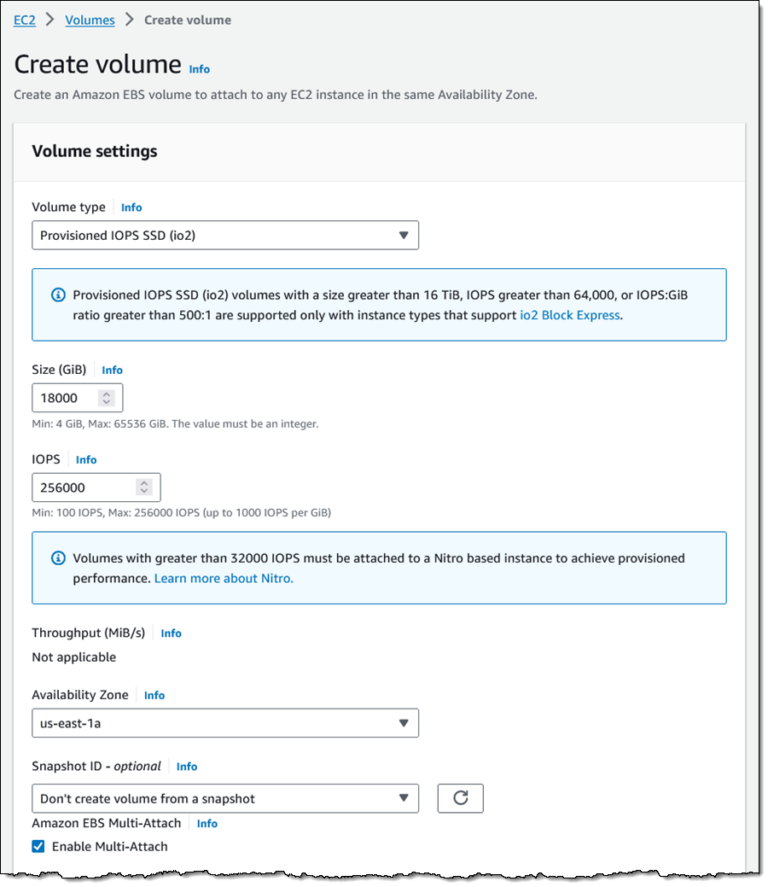In the constantly evolving landscape of technology, “AI is eating the world” has become more than just a catchphrase; it’s a reality that’s reshaping numerous industries, especially those rooted in content creation.
The advent of generative AI marks a significant turning point, blurring the lines between content generated by humans and machines. This transformation, while awe-inspiring, brings forth a multitude of challenges and opportunities that demand our attention.
AI is not only eating the world.
It’s flooding it.
The AI Revolution in Content Creation
AI’s advancements in producing text, images, and videos are not only impressive but also transformative. As these AI models advance, the volume of original content they generate is growing exponentially. This isn’t a mere increase in quantity; it’s a paradigm shift in the creation and dissemination of information.
As AI-generated content becomes indistinguishable from human-produced work, the economic value of such content is likely to plummet. This could lead to significant financial instability for professionals like journalists and bloggers, potentially driving many out of their fields.
The Economic Implications of AI-Generated Content

The narrowing gap between human and AI-generated content has far-reaching economic implications. In a market flooded with machine-generated content, the unique value of human creativity could be undervalued. This situation mirrors the economic principle where bad money drives out good. In the context of content, uninspired, AI-generated material could overshadow the richness of human creativity, leading the internet to become a realm dominated by formulaic and predictable content. This change poses a significant threat to the diversity and depth of online material, transforming the internet into a mix of spam and SEO-driven writing.
The Challenge of Discerning Truth in the AI Age
In this new landscape, the task of finding genuine and valuable information becomes increasingly challenging. The current “algorithm for truth,” as outlined by Jonathan Rauch in “The Constitution of Knowledge,” may not be sufficient in this new era. Rauch’s principles have historically guided societies in determining truth:
- Commitment to Reality: Truth is determined by reference to external reality. This principle rejects the idea of “truth” being subjective or a matter of personal belief. Instead, it insists that truth is something that can be discovered and verified through observation and evidence.
- Fallibilism: The recognition that all humans are fallible and that any of our beliefs could be wrong. This mindset fosters a culture of questioning and skepticism, encouraging continuous testing and retesting of ideas against empirical evidence.
- Pluralism: The acceptance and encouragement of a diversity of viewpoints and perspectives. This principle acknowledges that no single individual or group has a monopoly on truth. By fostering a diversity of thoughts and opinions, a more comprehensive and nuanced understanding of reality is possible.
- Social Learning: Truth is established through a social process. Knowledge is not just the product of individual thinkers but of a collective effort. This involves open debate, criticism, and discussion, where ideas are continuously scrutinized and refined.
- Rule-Governed: The process of determining truth follows specific rules and norms, such as logic, evidence, and the scientific method. This framework ensures that ideas are tested and validated in a structured and rigorous manner.
- Decentralization of Information: No central authority dictates what is true or false. Instead, knowledge emerges from decentralized networks of individuals and institutions, like academia, journalism, and the legal system, engaged in the pursuit of truth.
- Accountability and Transparency: Those who make knowledge claims are accountable for their statements. They must be able to provide evidence and reasoning for their claims and be open to criticism and revision.
These principles form a robust framework for discerning truth but face new challenges in the age of AI-generated content. In particular, the 4th rule – is likely to break if the cost of generating new content is zero, while the cost of finding needles in the haystacks keeps rising as the signal-to-noise ratio of content on the internet becomes lower.
Proposing a New Layered Approach
To navigate the complexities of this new era, we propose an enhanced, multi-layered approach to complement and extend Rauch’s 4th rule. We believe that the “social” part of Rauch’s knowledge framework must include at least three layers:
This is the approach we have been focusing on in our company, the Otherweb, and I believe that no algorithm for truth can scale without it.
- Editorial Review by Humans: Despite AI’s efficiency, the nuanced understanding, contextual insight, and ethical judgment of humans are irreplaceable. Human editors can discern subtleties and complexities in content, offering a level of scrutiny that AI currently cannot.
This is the approach you often see in legacy news organizations, science journals, and other selective publications.
- Collective/Crowdsourced Filtering: Platforms like Wikipedia demonstrate the power of collective wisdom in refining and validating information. This approach leverages the knowledge and vigilance of a broad community to ensure the accuracy and reliability of content.
This echoes the “peer review” approach that appeared in the early days of the enlightenment – and in our opinion, it is inevitable that this approach will be extended to all content (and not just scientific papers) going forward. Twitter’s community notes is certainly a step in the right direction, but there is a chance that it is missing some of the selectiveness that made peer review so successful. Peer reviewers are not picked at random, nor are they self-selected. A more elaborate mechanism for selecting whose notes end up amending public posts may be required.
Integrating these layers demands substantial investment in both technology and human capital. It requires balancing the efficiency of AI with the critical and ethical judgment of humans, along with harnessing the collective intelligence of crowdsourced platforms. Maintaining this balance is crucial for developing a robust system for content evaluation and truth discernment.
Ethical Considerations and Public Trust
Implementing this strategy also involves navigating ethical considerations and maintaining public trust. Transparency in how AI tools process and filter content is crucial. Equally important is ensuring that human editorial processes are free from bias and uphold journalistic integrity. The collective platforms must foster an environment that encourages diverse viewpoints while safeguarding against misinformation.
Conclusion: Shaping a Balanced Future
As we venture into this transformative period, our focus must extend beyond leveraging the power of AI. We must also preserve the value of human insight and creativity. The pursuit of a new, balanced “algorithm for truth” is essential in maintaining the integrity and utility of our digital future. The task is daunting, but the combination of AI efficiency, human judgment, and collective wisdom offers a promising path forward.
By embracing this multi-layered approach, we can navigate the challenges of the AI era and ensure that the content that shapes our understanding of the world remains rich, diverse, and, most importantly, true.
By Alex Fink






